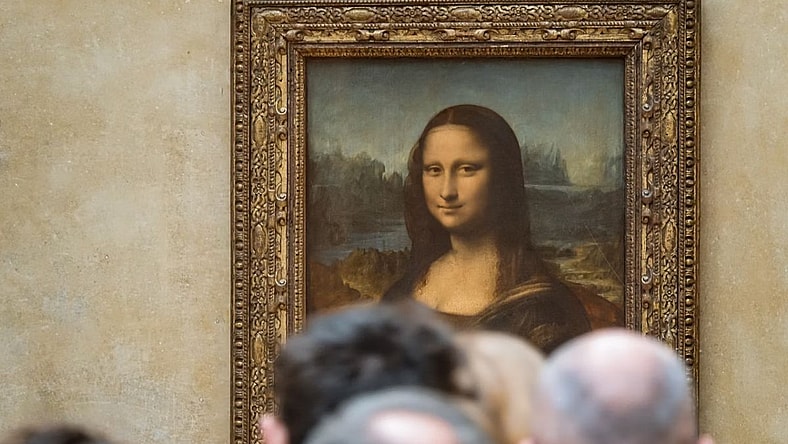
Throughout history, deciphering the meaning behind artwork has been an exhilarating experience. However, sometimes there are hidden messages discovered in famous artworks that we would have never realized. Famous works like “The Mona Lisa” to “The Last Supper” all have intricate messages and details that most of us don’t know. Keep reading to learn more.
6. “Primavera” by Sandro Botticelli

Interestingly enough, the actual meaning of this painting has been the subject of debate for years, making it one of the most controversial paintings in the world. Most people can agree that the painting celebrates the beginning of spring. And not only are there several mythological figures in the painting, although none match any known story, but there are also over 200 different species of plants scattered throughout as well. The plants are painted with such scientific accuracy to make them recognizable, according to researchers, which makes many wonder what the true meaning behind the painting is.
Read Next: Most Expensive Paintings Ever Sold
5. “The Prophet Zechariah” by Michelangelo
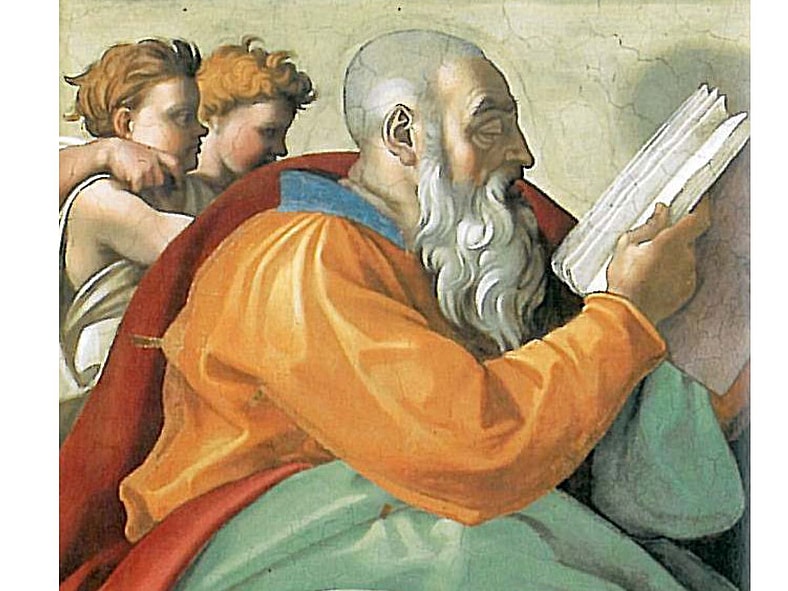
This work by Michelangelo is one of the best messages discovered in famous art, and can be seen in the Sistine Chapel. In the painting, there are several secrets hidden. For example, if you look at the two cherubs leaning over Zechariah’s shoulder, their fingers are making a gesture called “flipping the fig”, which is equivalent to giving the middle finger back in the day. Rabbi Benjamin Blech once told ABC News that this could be insight into Michelangelo’s “true feelings about the pope.”
Related: Most Expensive Basquiat Paintings Ever Sold
4. “The Ambassadors” by Hans Holbein the Younger

It takes incredible skill to paint an elongated skull on the floor between the two men’s feet, but Hans Holbein the Younger did it. It looks like something done from Photoshop rather than the 1500s. The backstory for this piece is that the man on the left, Jean de Dinteville, was on his second diplomatic mission to England from France. Georges de Selve, Bishop of Lavaur, is on the right, and a math book is open on the table open to division, signifying the divide when King Henry VIII broke from the Catholic Church.
Check Out: Famous Paintings of Women and the History Behind Them
3. “The Last Supper” by Leonardo Da Vinci
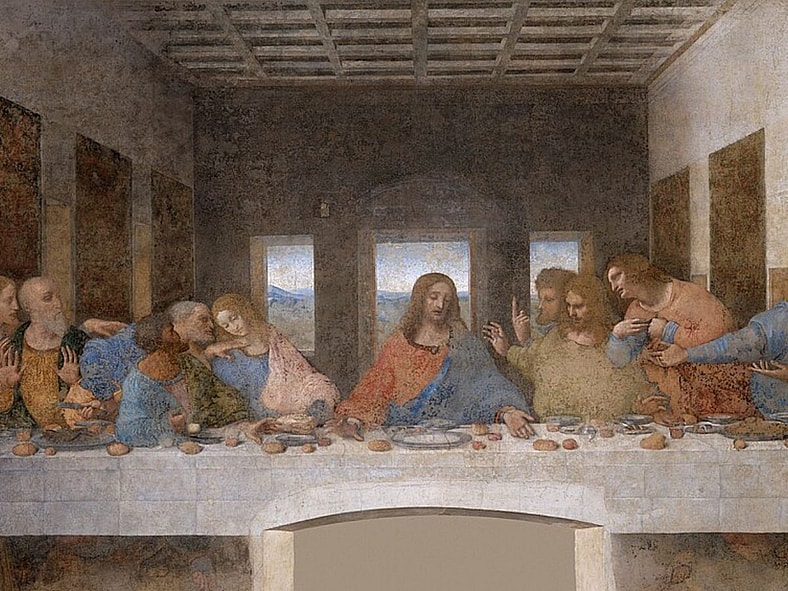
Some of the messages discovered in famous art include Leonardo Da Vinci’s greatest work. One of the most popular theories is that the disciple John is actually Mary Magdalene. Sitting on Jesus’ right hand, the most honorable place at the table, the person is the only one in the painting wearing a large necklace and has long hair. Not only does this make the person look feminine, but the “V” shape between the two of them, suggesting the female womb, has many believing that Jesus and Mary had a baby together.
Another intriguing theory is that if you draw five lines of the music staff across the painting. Italian musician Giovanni Maria Pala believes that the apostles’ hands and the loaves of bread on the table are in the position of music notes, and when read, form a mini 40-second hymn-like melody.
Also Read: Famous Ciphers That Shaped History
2. “The Creation of Adam” by Michelangelo
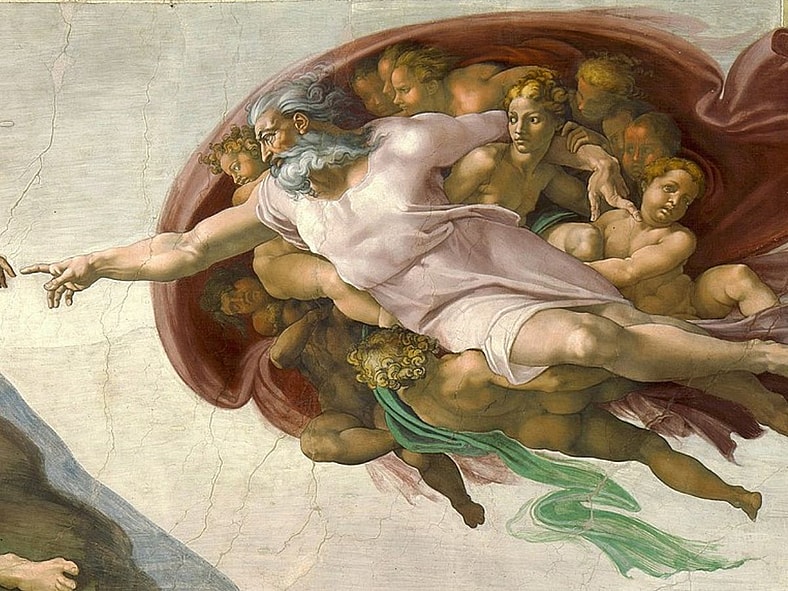
Michelangelo was an expert on human anatomy, making this one of the most interesting messages discovered in famous art. “The Creation of Adam”, if you outline the pattern of God and the angels on the right, you’ll notice it resembles the human brain. According to experts, they believe that all 9 panels, with this being one of them, painted on the Sistine Chapel, all contain hidden body parts.
Read More: Hidden Meanings Found in Famous Historical Documents
1. “The Mona Lisa” by Leonardo Da Vinci
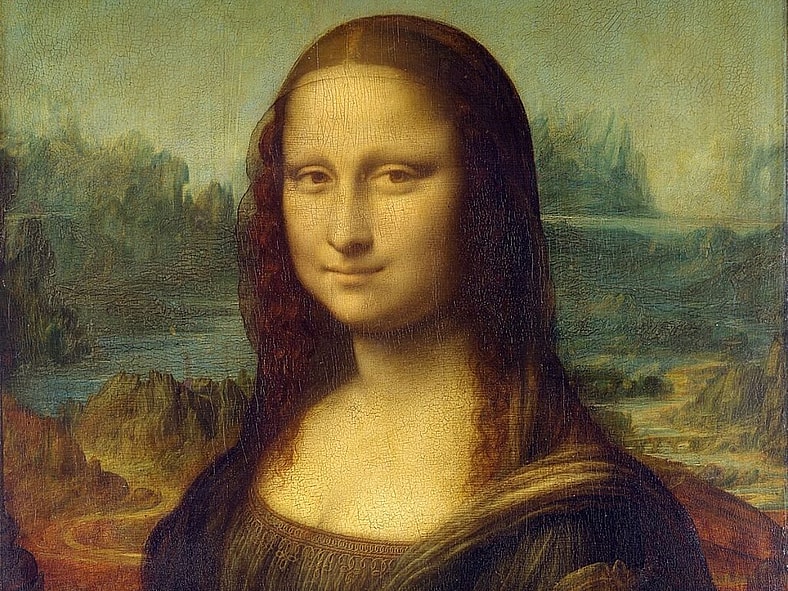
One of the most recognizable paintings in history is “The Mona Lisa” by Leonardo Da Vinci, which also contains one of the most interesting messages discovered in famous art. While you’ve probably heard of the mystery behind her smile, some messages run deeper than that. Art historian Silvano Vinceti says that he discovered the letter “S” in Mona Lisa’s left eye, and the letter “L” in her right, and the number “72” under the bride in the background.
Vinceto thinks the “L” stands for Leonardo. But the secret of the other two findings is less clear. Some things that the “S” could stand for Sforza dynasty, who ruled Milan. The number could be from the numerous symbols in both Judaism and Christianity, where “7” symbolizes the creation, and “2” represents the duality of men and women.


